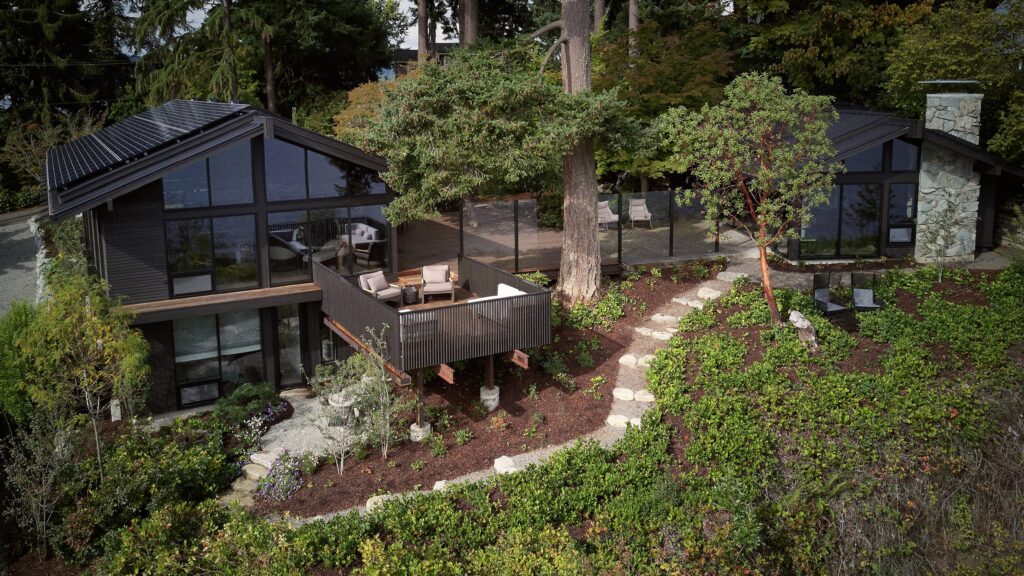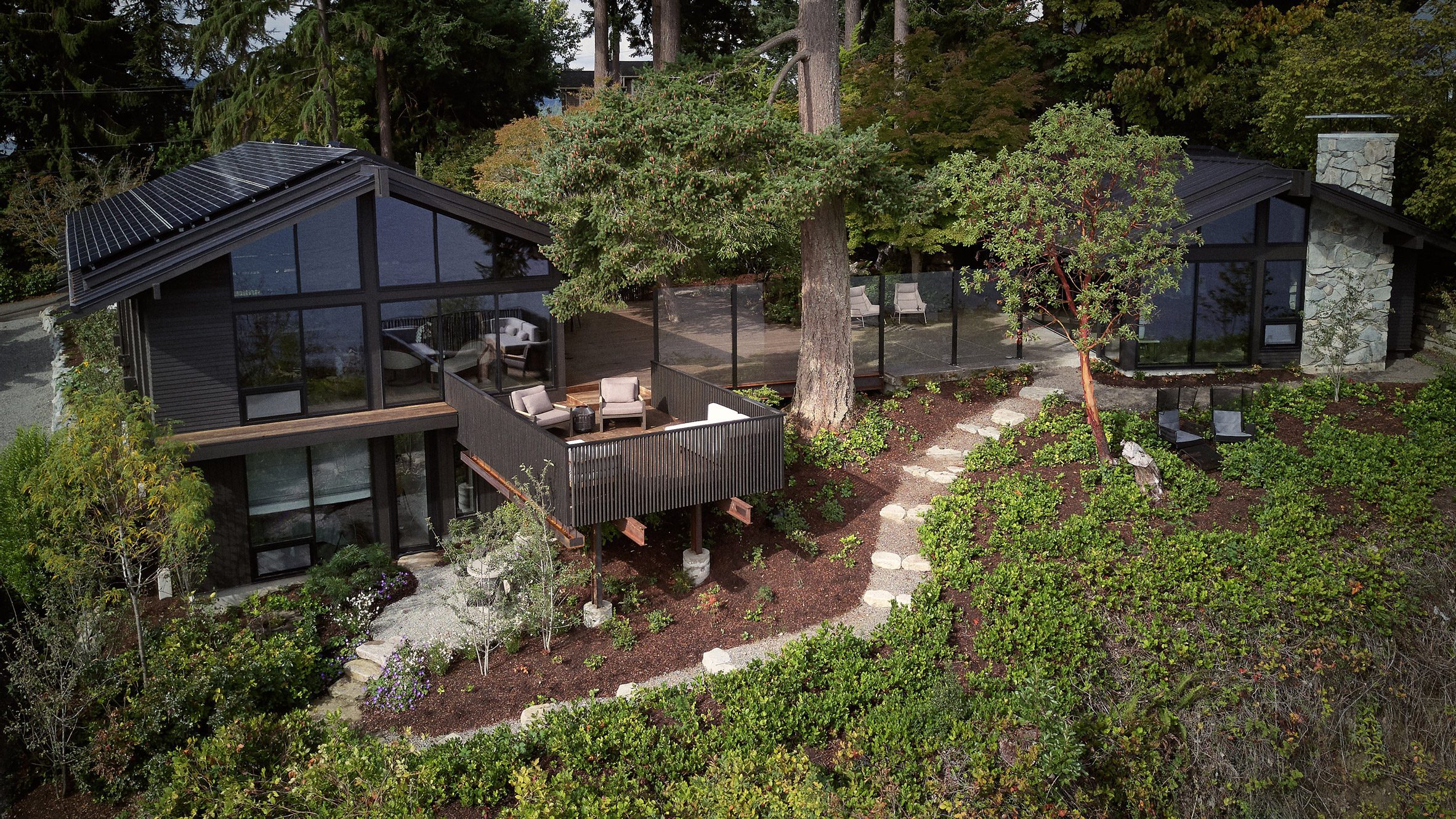
The home is where we spend most of our time, so it’s important to make it as comfortable as possible. But what if you could do more than that? What if you could build or renovate your home in such a way that the resulting space was more environmentally friendly and sustainable than anything else on the market? Whether you want to use these principles on an entire house or just in one room, here are some tips for how homeowners can incorporate sustainability into their interior design projects:
If you’re building a new home or undertaking a large renovation, there are many opportunities to incorporate sustainability into your project.
1. USE A WELL-INSULATED BUILDING ENVELOPE
One of the most important things to consider when creating a sustainable interior is the building envelope. By having a well-insulated envelope, it helps to reduce the amount of energy needed for heating and cooling the building. This can be achieved through using insulation materials such as fiberglass, cellulose, or spray foam insulation.
2. INSTALL A SUPER INSULATED ROOF
A super-insulated roof can help to reduce the amount of energy needed to heat and cool a building by drastically reducing the solar gain of the home. This can be achieved through using insulation materials such as spray foam insulation, cellulose, or fiberglass.
3. USE RENEWABLE ENERGY SOURCES
Renewable energy sources are becoming more popular as they are clean and efficient. When designing a sustainable interior, it’s important to consider using renewable energy sources such as solar panels, wind turbines, hydroelectricity, or geothermal heating and cooling systems.
4. INSTALL AN ENERGY RECOVERY VENTILATOR
An energy recovery ventilator (ERV) can help to reduce energy consumption by recovering the heat from exhaust air and using it to preheat the incoming fresh air.
5. INSTALL HYDRONIC FLOOR HEATERS
Hydronic floor heaters can be a great way to heat a building in a sustainable way. They use hot water to heat the floors, which then radiates heat throughout the room.
6. MINIMIZE USE OF CONCRETE, STEEL, AND FOAM
Concrete, steel, and foam are all materials that have a large carbon footprint. By minimizing their use, you can significantly reduce the overall carbon footprint of the building. Consider using materials such as wood, bamboo, or cork instead.
7. USE SUSTAINABLY HARVESTED WOOD FOR FRAMING
Using sustainably harvested wood is a great way to incorporate sustainability into your interior design project. It’s important to ensure that the wood is certified by organizations such as the Forest Stewardship Council (FSC) to ensure that it has been responsibly harvested.
8. REPLACE NATURAL GAS WITH ELECTRIC HEATING AND APPLIANCES
Natural gas is a non-renewable energy source and can have a negative impact on the environment. Replacing natural gas with electric heating and appliances can significantly reduce the carbon footprint of the building.
9. BUILD ACCORDING TO THIRD-PARTY CERTIFICATIONS
Building according to third-party certifications such as LEED, Passive House, or Living Building Challenge can help to ensure that your building is sustainable and eco-friendly.
There are many ways for homeowners to incorporate sustainability into their interior design projects. By using renewable energy sources, minimizing use of concrete and steel, replacing natural gas with electric heating systems, installing super insulated roofs, installing hydronic floor heaters–you name it–you can help protect the environment while saving money on your utility bills!
To learn more about how we incorporate sustainable practices in our design process, visit our website.
